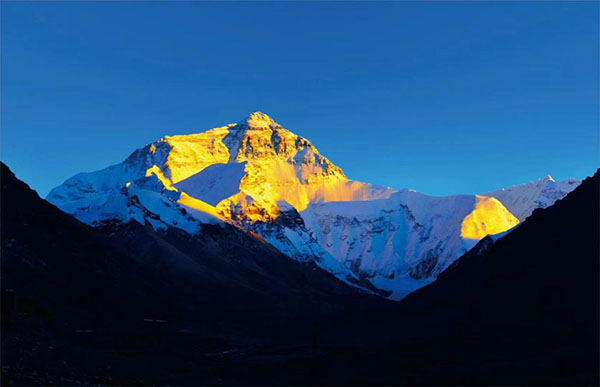Chinese Academy of Sciences
In a study published in Advances in Atmospheric Sciences, researchers from the Institute of Atmospheric Physics of the Chinese Academy of Sciences have uncovered the influence of the spring atmospheric heat source (AHS) over the Tibetan Plateau on summer precipitation in Northeast China, highlighting the critical role of soil moisture in this process.
For decades, the spring AHS over the Tibetan Plateau has been recognized as an important modulator of the Asian summer monsoon and the subsequent summer rainfall in southern China. Whether it affects summer precipitation in Northeast China has remained unclear.
In this study, the researchers examined data from 1961 to 2020 to understand the relationship and shows that a stronger spring AHS over the Tibetan Plateau leads to increased summer precipitation in Northeast China, with soil moisture in the Yellow River basin and North China playing a crucial role.
In spring, an enhanced AHS facilitates moisture transport to eastern China, resulting in more precipitation in the Yellow River basin and North China. This increase in soil moisture regulates local temperatures by reducing surface temperatures and sensible heat.
The memory effect of soil moisture allows increased sensible heat to persist into midsummer, reducing the temperature difference between land and sea. This has a cascading effect, weakening the southwesterly winds over the East Asia-West Pacific region and affecting convective activities in the South China Sea and the tropical West Pacific region. As a result, it alters the atmospheric circulation in the East Asia-Pacific region, leading to cyclonic circulation anomalies and excessive precipitation in Northeast China.
Dr. HAN Yizhe, the lead author of the study and a postdoctoral researcher, emphasized that this research not only unravels the mechanisms behind the influence of the spring atmospheric heat source over the Tibetan Plateau on summer precipitation in Northeast China, but also contributes to improving the scientific prediction of summer precipitation in the region.

Mount Qomolangma over the Tibetan Plateau. (Image by XI Zhenhua)
/Public Release. This material from the originating organization/author(s) might be of the point-in-time nature, and edited for clarity, style and length. Mirage.News does not take institutional positions or sides, and all views, positions, and conclusions expressed herein are solely those of the author(s).View in full here.






